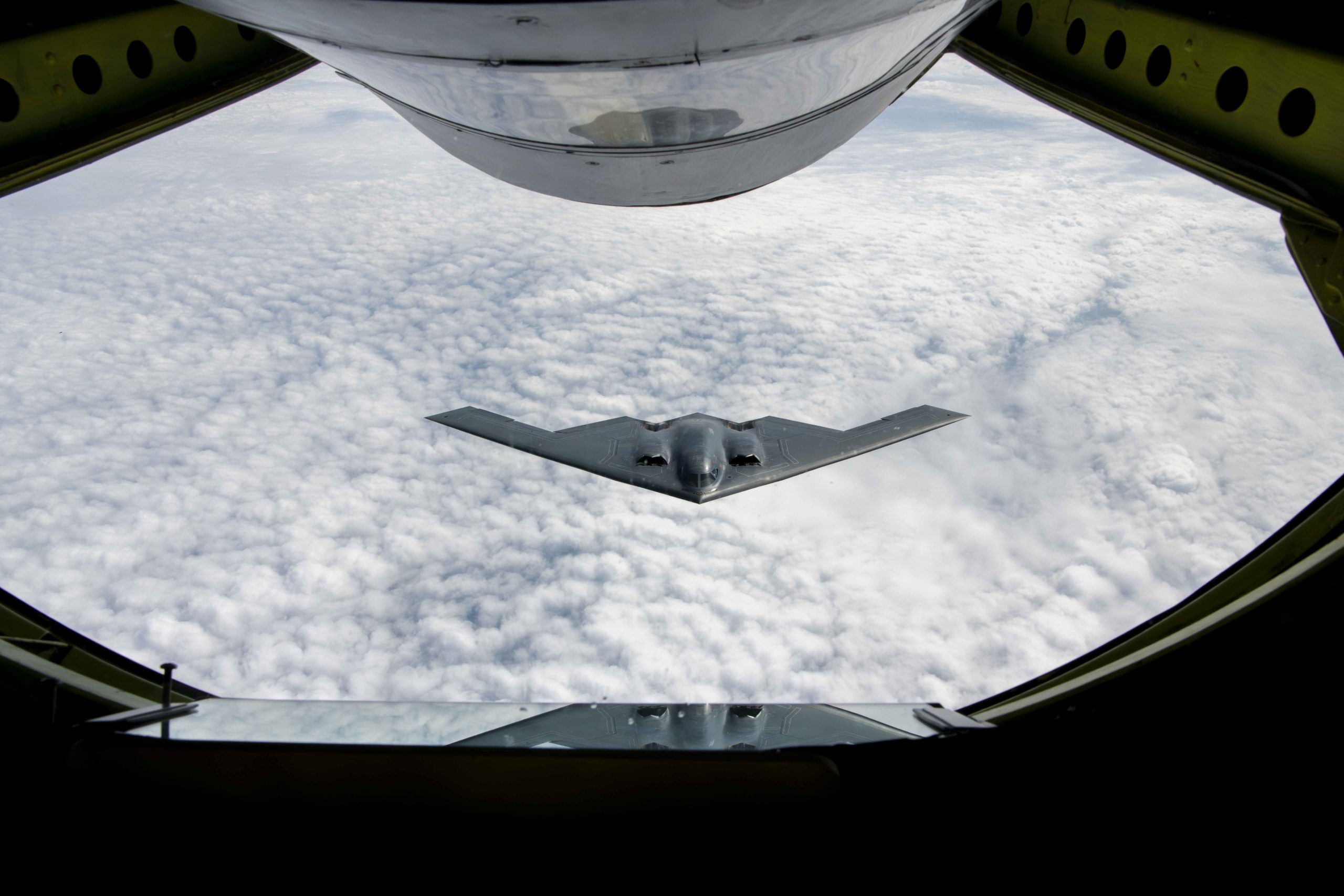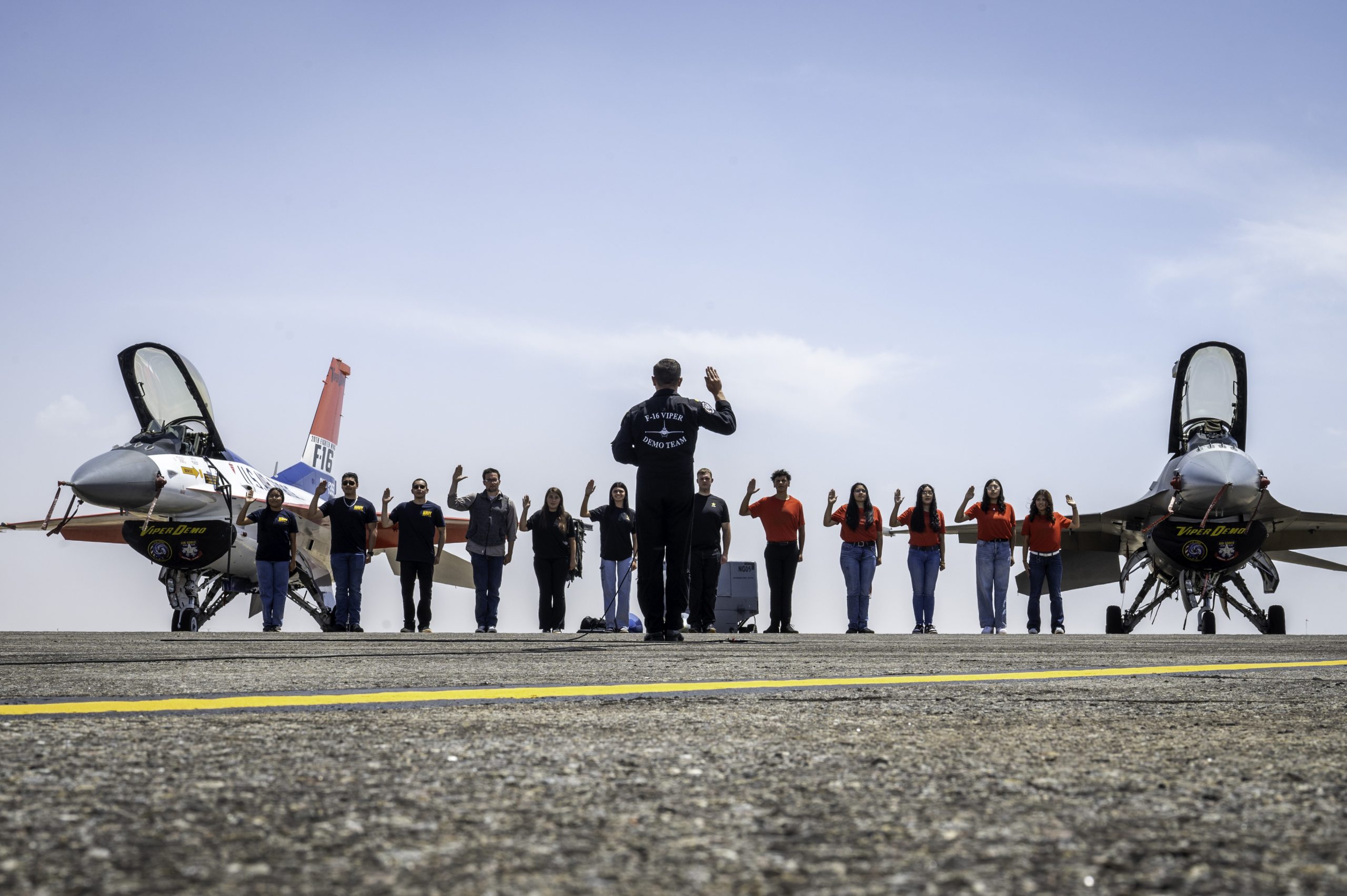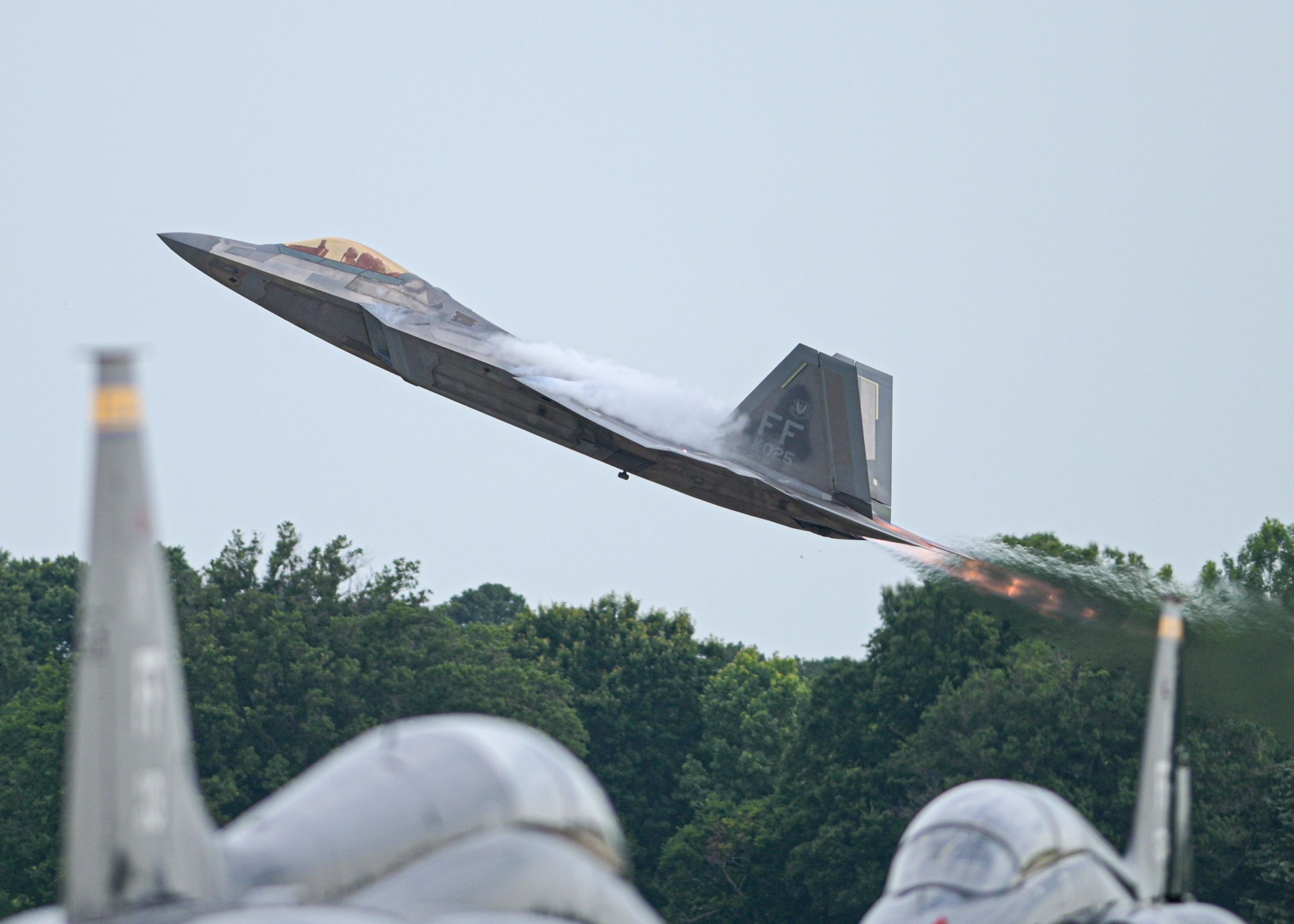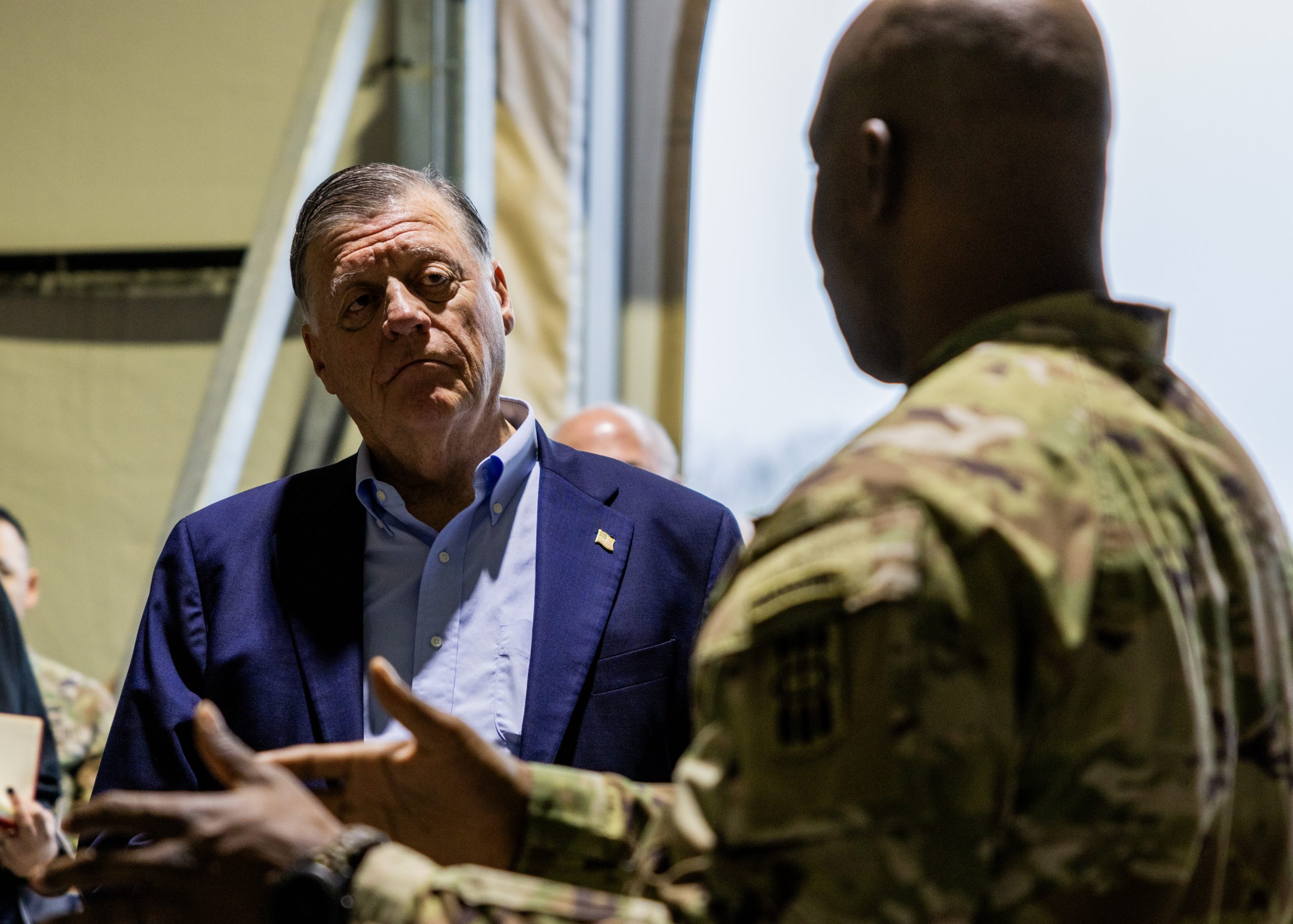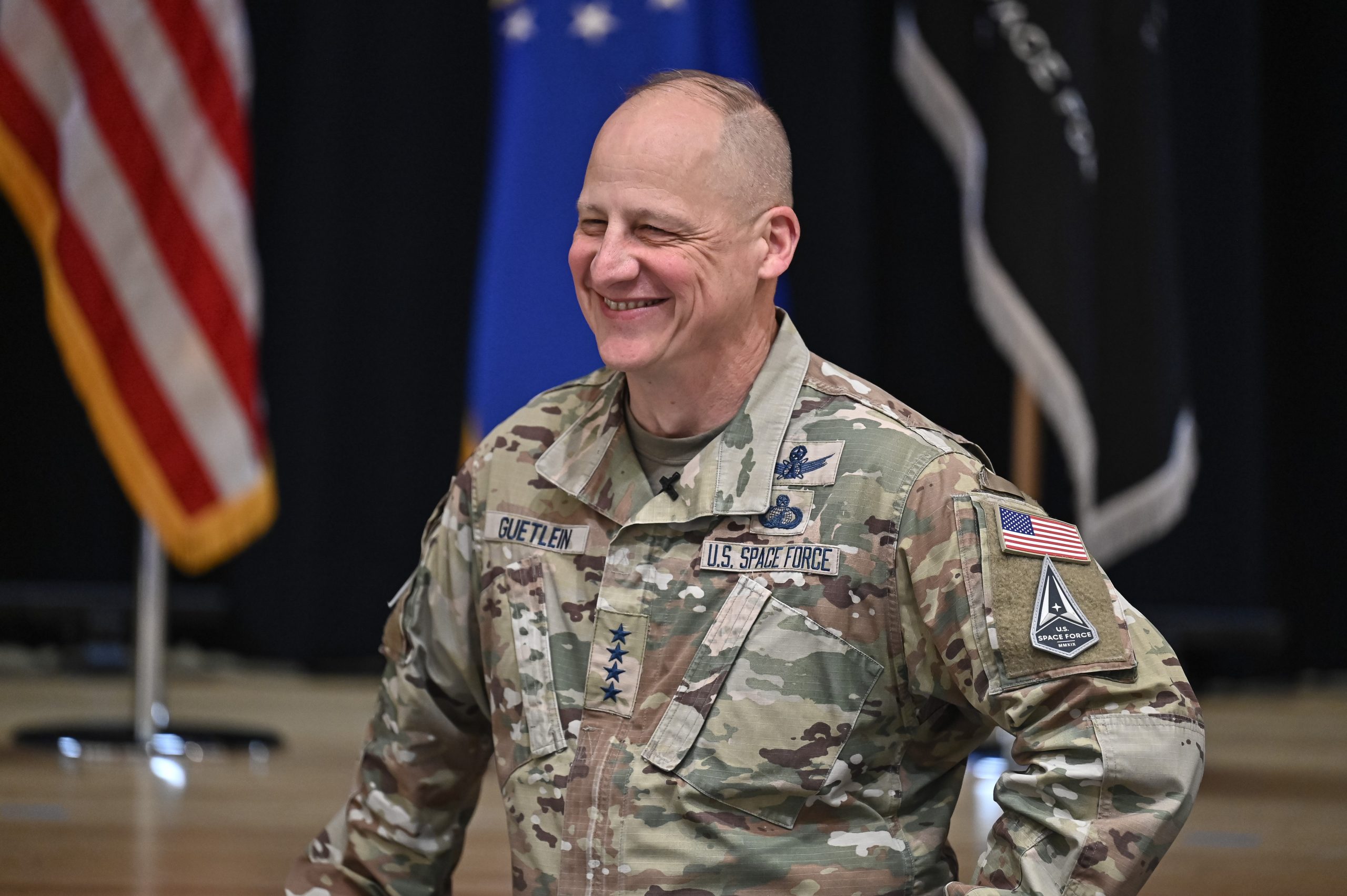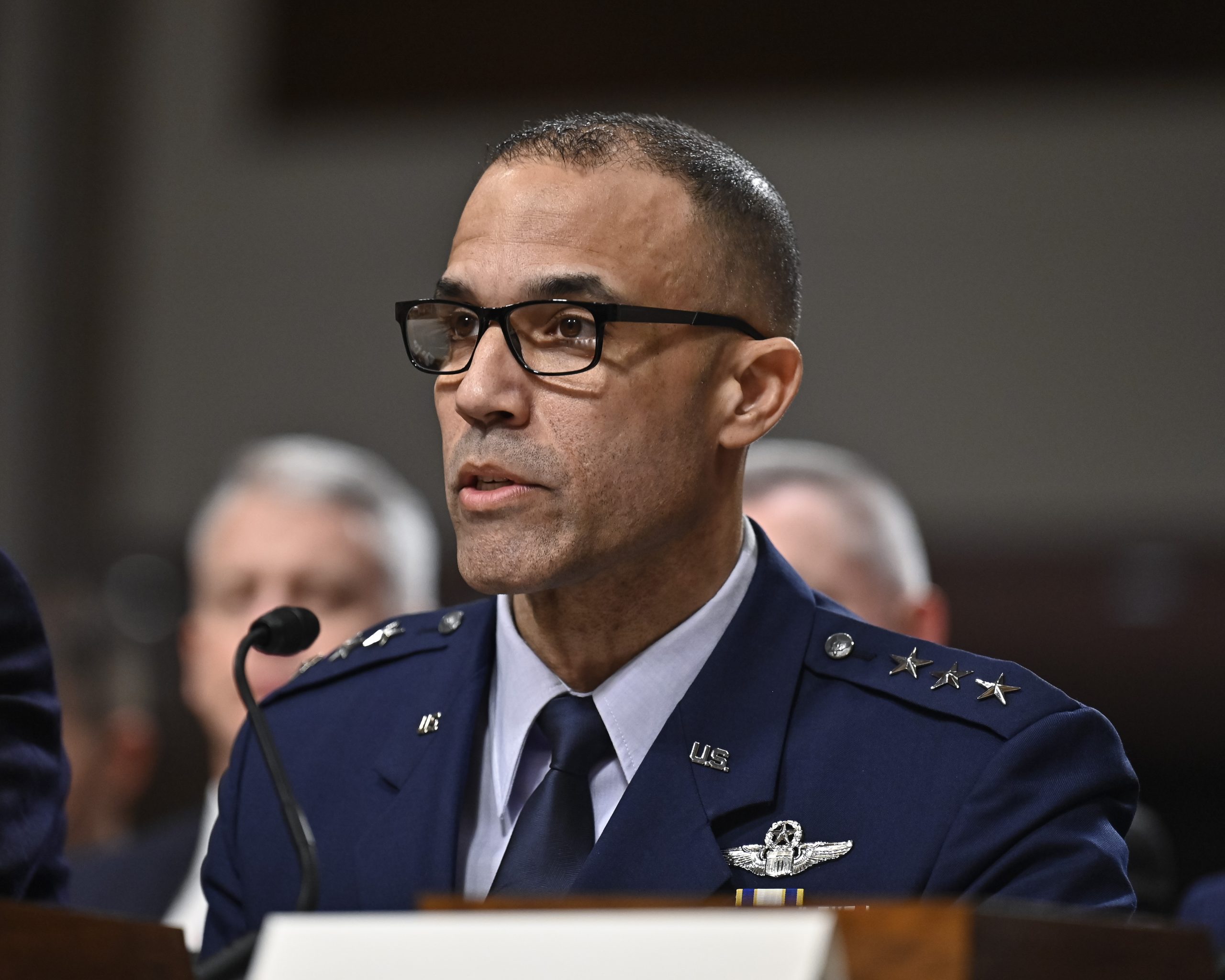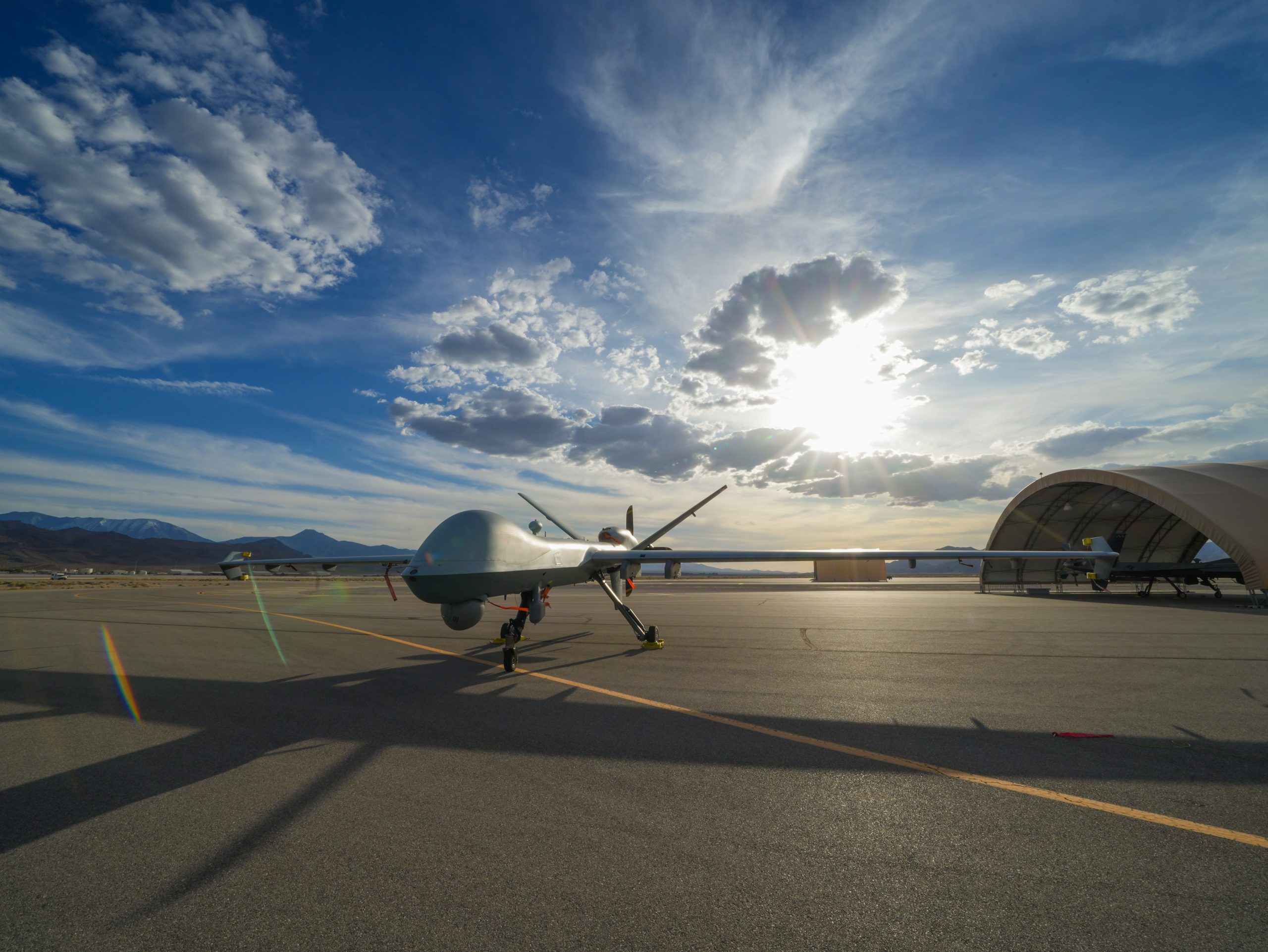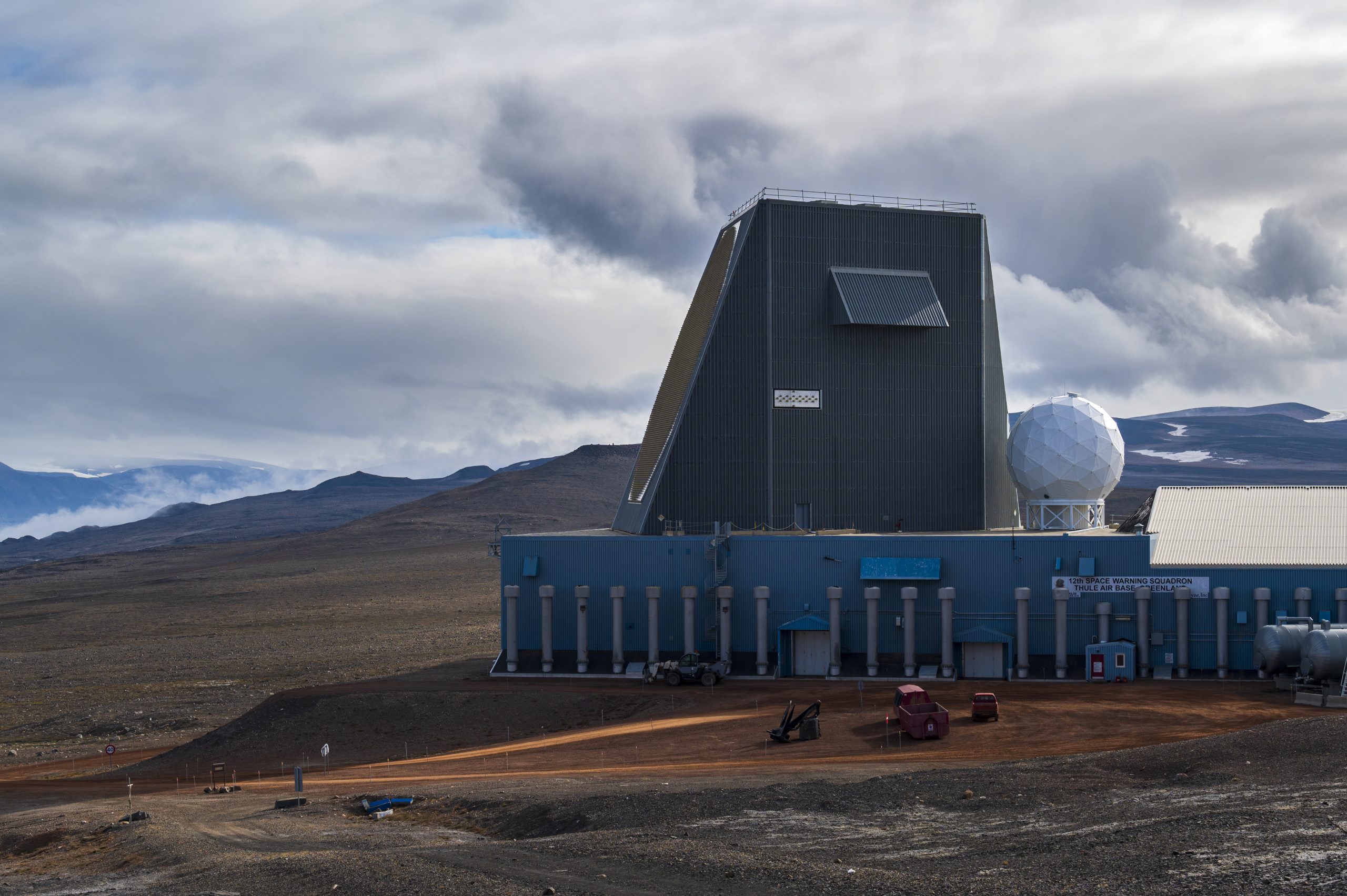Multiple U.S. Air Force B-2 Spirit stealth bombers departed Whiteman Air Force Base, Mo., June 21, Air & Space Forces Magazine has confirmed. The deployment comes as President Donald Trump considers whether to join Israel’s air campaign against Iran. U.S. officials declined to discuss the purpose of the flights.
Local observers spotted B-2s from Whiteman taking off overnight, and flight tracking and voice communications indicate multiple bombers operating under the callsigns MYTEE11 and MYTEE21. The MYTEE callsign is used by American strategic bombers, both B-2s and B-52s.
It is unclear whether the bombers intend to land at a forward operating base or what their final destination is.
The Pentagon referred questions about the mission to the White House, which did not immediately respond to a request for comment.
Israel’s punishing air campaign against Iran, dubbed Operation Rising Lion and begun June 12, has sought to diminish Iran’s ability to develop nuclear weapons and to decapitate the heads of Iran’s military forces. Israel has systematically reduced Iran’s ability to defend against air attacks, achieving air superiority over Iran. But Israel lacks the heavy bombers and bunker-penetrating ordnance needed to destroy Iran’s deeply buried nuclear facilities.
Were Trump to launch strikes, a likely target is Iran’s Fordow nuclear enrichment facility, which is buried in a mountain and so heavily defended that many experts believe the U.S. is the only country that has the military tools to destroy it.
A U.S. attack would likely be executed by multiple B-2s carrying 30,000-pound GBU-57 Massive Ordnance Penetrators, enormous bunker-busting bombs designed for deeply buried targets.
According to open-source flight tracking and radio communications, the bombers launched on June 21 were refueled off the U.S. Pacific Coast by Air Force tankers using HIFI callsigns, which are commonly associated with bomber missions.
Trump called for Iran’s “unconditional surrender” June 17, but Iran’s leadership scoffed in response. The President subsequently said he would make a decision on whether to join Israel in combat operations within the next two weeks—giving Iran what Trump later said is time “to come to their senses.”
“We’re ready, willing, and able,” Trump told reporters June 20. “We’ve been speaking to Iran. We’ll see what happens.”
The U.S. has some 40,000 troops in the Middle East, and U.S. officials say that additional U.S. deployments to the region are purely defensive.
So far, the U.S. military mission has been limited to protecting Israel and U.S. forces. U.S. fighter aircraft have helped shoot down Iranian drones, and U.S. THAAD batteries and Aegis-equipped ships have also defended Israel, Israeli Prime Minister Benjamin Netanyahu said June 16.
The U.S. has moved more ballistic missile defense destroyers to the eastern Mediterranean in recent days, and has deployed more than two dozen tankers to Europe and additional Air Force fighters to the Middle East. The Pentagon has also dispatched the USS Nimitz aircraft carrier to the region under U.S. Central Command, which oversees U.S. forces in the Middle East. The Nimitz will join the USS Carl Vinson aircraft carrier, which is already operating in the region.
It is unclear how many bombers are in flight, but there appear to be multiple formations of more than one bomber. In March, the Air Force deployed six B-2s to the Indian Ocean island of Diego Garcia, where the bombers engaged in a bombing campaign against Houthi militants in Yemen until early May, when the U.S. reached a ceasefire with the group. Four B-52 Stratofortress bombers replaced the B-2s on Diego Garcia and remain on station there.
“We’re the only ones that have the capability to do it, but that doesn’t mean I’m going to do it,” Trump said, in response to a question about bombing Fordow June 18. “These are incredible planes and weapons.”
The U.S. has taken steps to mitigate potential damage should Iran or its proxy forces attack U.S. forces in the region, moving larger planes away from Al Udeid Air Base in Qatar, which is located directly across the Persian Gulf from Iran, U.S. officials said.
A spokesperson for Air Forces Central, which is responsible for the U.S. military’s Middle East air component, declined to comment on the moves, referring questions to U.S. Central Command, which also declined to comment.
Since Israel began its air war against Iran June 12, the Pentagon has ordered additional air assets into the region, including F-16 and F-35 multi-role fighters. F-22 air superiority fighters are likely to arrive in the coming days. USAF squadrons of F-15E Strike Eagles, A-10 Thunderbolt II attack planes, and F-16s were already in place in the Middle East.
